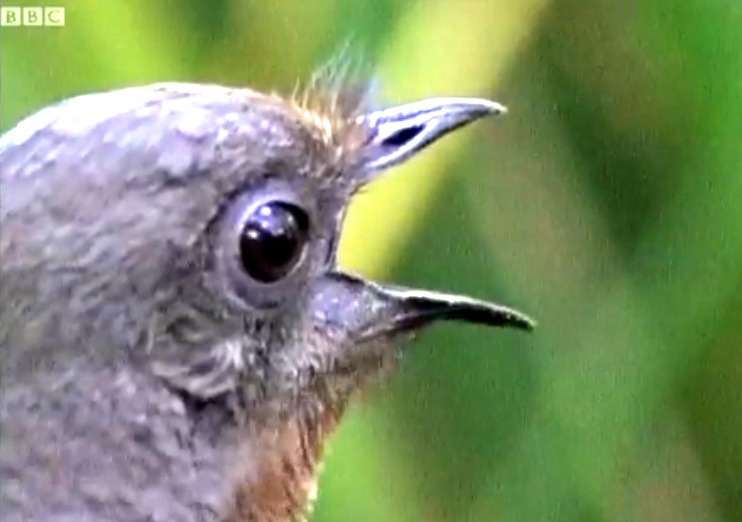Make audio recordings of the wild
Go outside to record natural sounds using a phone or recorder, identify and respectfully label animal and environmental noises, and create a sound map.



Step-by-step guide to make audio recordings of the wild
20 Wild Animals - Animal Sounds for Kids to Learn
Step 1
Ask an adult for permission and have them come outside with you.
Step 2
Gather your notebook pencil large sheet of paper colouring materials and clipboard.
Step 3
Walk together to your first listening spot with your adult.
Step 4
Sit down and stay very quiet and respectful of nature do not touch or chase animals.
Step 5
Listen quietly for one full minute and focus on all the sounds you hear.
Step 6
Start a 30 to 60 second audio recording on your phone or recorder.
Step 7
After you stop the recording write the time and three words in your notebook that describe the sounds.
Step 8
Move at least ten paces to a new listening spot.
Step 9
Repeat the listening and recording steps two more times so you have three different recordings from different spots.
Step 10
Put on headphones and listen to your first recording.
Step 11
Write down the animal or environmental sounds you hear from that recording in your notebook.
Step 12
On the large sheet of paper draw a simple map of the area and mark each recording spot with a number.
Step 13
Next to each numbered spot label the sounds you identified add a small drawing or colored symbol and write the recording time.
Step 14
Share your finished sound map and a short description of the sounds you found on DIY.org.
Final steps
You're almost there! Complete all the steps, bring your creation to life, post it, and conquer the challenge!


Help!?
What can we use if we don't have a clipboard, coloring materials, or a phone recorder mentioned in the activity?
If you don't have a clipboard use a hardcover book or piece of cardboard under your notebook, substitute crayons or colored pencils for the coloring materials when marking the large sheet of paper, and use a pocket voice recorder or ask your adult to record on their phone if your own phone recorder isn't available.
What should we do if the 30–60 second recordings come out too noisy, too quiet, or don't save?
Before you start the 30 to 60 second audio recording test the phone or recorder's microphone, put the device in airplane mode to avoid interruptions, move at least ten paces from busy paths as the instructions say to reduce human noise, and wear headphones after each take to check that the clip saved correctly.
How can we change the activity for very young children or make it more challenging for older kids?
For preschoolers shorten the listening time to about 20 seconds and have the adult write the 'three words' and help place stickers on the large sheet of paper, while older kids can extend recordings to 2–3 minutes, add exact recording times and GPS or compass directions to the map, and try to identify species by sound.
What are simple ways to extend or personalize the sound-mapping activity after we finish the map and recordings?
After you draw the map and label each numbered spot, enhance the project by editing your clips with free audio apps into a short sound collage, adding small colored symbols or QR codes on the large sheet that link to each recording, and then share the enhanced map and collage on DIY.org as a multimedia post.
Watch videos on how to make audio recordings of the wild
Wildlife Insights Complete Beginner's Tutorial
Facts about nature sound recording
🎧 Binaural recordings use two microphones to create 3D-sounding audio that makes you feel like you're inside the wild when listened to with headphones.
🗺️ Kids and families can contribute to real research by uploading nature recordings to citizen-science projects that study wildlife sounds.
🌅 Many animals are most vocal at dawn and dusk (called crepuscular times), which are great moments for recording rich soundscapes.
🔊 Scientists build sound maps to track changes in ecosystems — for example, rising traffic noise or drops in animal activity.
🐦 There are roughly 10,000 bird species worldwide, and many can be identified just by their unique songs or calls.
How do I make audio recordings of the wild with my child?
What materials do I need to record natural sounds and make a sound map?
What ages is this wildlife audio recording activity suitable for?
How can I keep my child safe while recording sounds outside?


One subscription, many ways to play and learn.
Only $6.99 after trial. No credit card required



